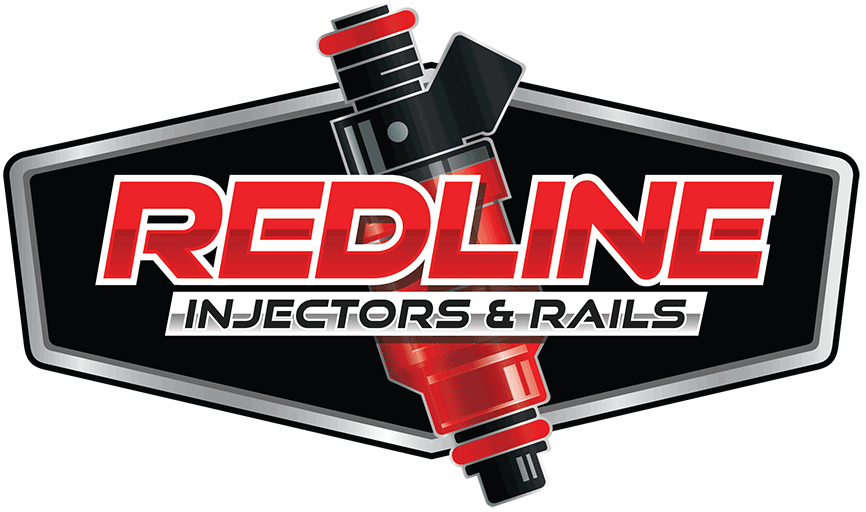Fuel injectors play a critical role in modern internal combustion engines by delivering fuel to the combustion chamber in a precise and controlled manner. They are part of the fuel injection system, which replaces older carburetor systems. Here’s a breakdown of how fuel injectors work:
- Fuel Delivery
- Fuel Supply: The fuel injectors receive fuel from the fuel tank through a series of fuel lines and a fuel pump, which pressurizes the fuel before sending it to the injectors.
- Fuel Pressure: The fuel system maintains a constant pressure (usually between 30-70 psi) to ensure that fuel is delivered consistently to the injectors.
- Activation by the Engine Control Unit (ECU)
- ECU Control: The Engine Control Unit (ECU) is the brain of the fuel injection system. It monitors various parameters, such as engine speed (RPM), throttle position, air intake, and temperature, to determine the exact amount of fuel needed.
- Signal to Injectors: Based on this data, the ECU sends electrical signals to the fuel injectors, instructing them when and how long to open.
- Injector Opening
- Injector Mechanism: Fuel injectors have a solenoid (electromagnetic) valve inside. When the ECU sends an electrical signal, it activates the solenoid, causing the injector valve to open. The opening of the valve allows pressurized fuel to flow into the combustion chamber or intake manifold.
- Injector Timing: The ECU controls the timing and duration that the injector stays open, adjusting it based on factors such as engine load and speed.
- Fuel Atomization
- Fine Mist: Once the injector valve opens, fuel is sprayed into the combustion chamber (direct injection) or the intake manifold (port injection) as a fine mist or atomized droplets.
- Why Atomization is Important: The atomization of fuel helps to mix it more effectively with air, creating a homogeneous air-fuel mixture. This leads to more efficient and complete combustion in the engine.
- Air-Fuel Mixture Combustion
- Optimal Mixture: The ideal air-fuel mixture is typically 14.7:1 (14.7 parts air to 1 part fuel) for gasoline engines. The injectors ensure that the engine receives the right amount of fuel, and the air intake provides the necessary oxygen for combustion.
- Ignition: Once the proper mixture is formed, the spark plugs ignite it, causing combustion. This produces the power needed to drive the engine.
- Injector Closing
- Injector Valve Closes: Once the ECU determines that the required amount of fuel has been injected, the electrical signal to the solenoid is turned off, causing the injector valve to close.
- Cycle Repeats: This process repeats for each engine cycle. For multi-cylinder engines, fuel injectors open and close in sequence or simultaneously, depending on the design.
Types of Fuel Injection Systems:
- Port Fuel Injection (PFI): The fuel is injected into the intake manifold, just before the intake valves. This system helps with fuel atomization and typically works in conjunction with air intake valves for an optimal mixture.
- Direct Fuel Injection (DFI): In this system, fuel is injected directly into the combustion chamber at high pressure. This allows for more precise fuel delivery, better fuel efficiency, and improved engine performance.
- Sequential Fuel Injection (SFI): In this system, each injector is activated one at a time, synchronized with the engine’s cylinder firing order. This helps optimize fuel delivery for each individual cylinder.
- Multi-Point Fuel Injection (MPFI): This system uses a separate injector for each cylinder, delivering fuel directly into the intake manifold near the intake valve. This provides better control over fuel delivery and improves engine performance.
Key Benefits of Fuel Injectors:
- Precision: The ECU precisely controls the timing and amount of fuel injected, leading to more efficient combustion.
- Fuel Efficiency: The controlled and efficient delivery of fuel leads to better fuel economy.
- Lower Emissions: By ensuring complete combustion, fuel injectors help reduce harmful emissions.
- Improved Performance: The consistent supply of fuel leads to smoother operation, better acceleration, and more reliable engine performance.
Conclusion:
Fuel injectors work by delivering precise amounts of fuel into the combustion chamber or intake manifold in a controlled manner, allowing for efficient combustion and optimal engine performance. They are an essential part of modern engines, offering better fuel economy, lower emissions, and improved power compared to older carburetor systems.
